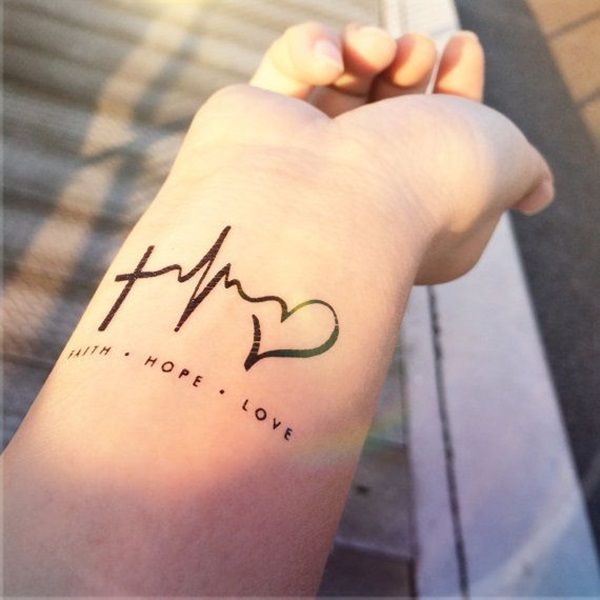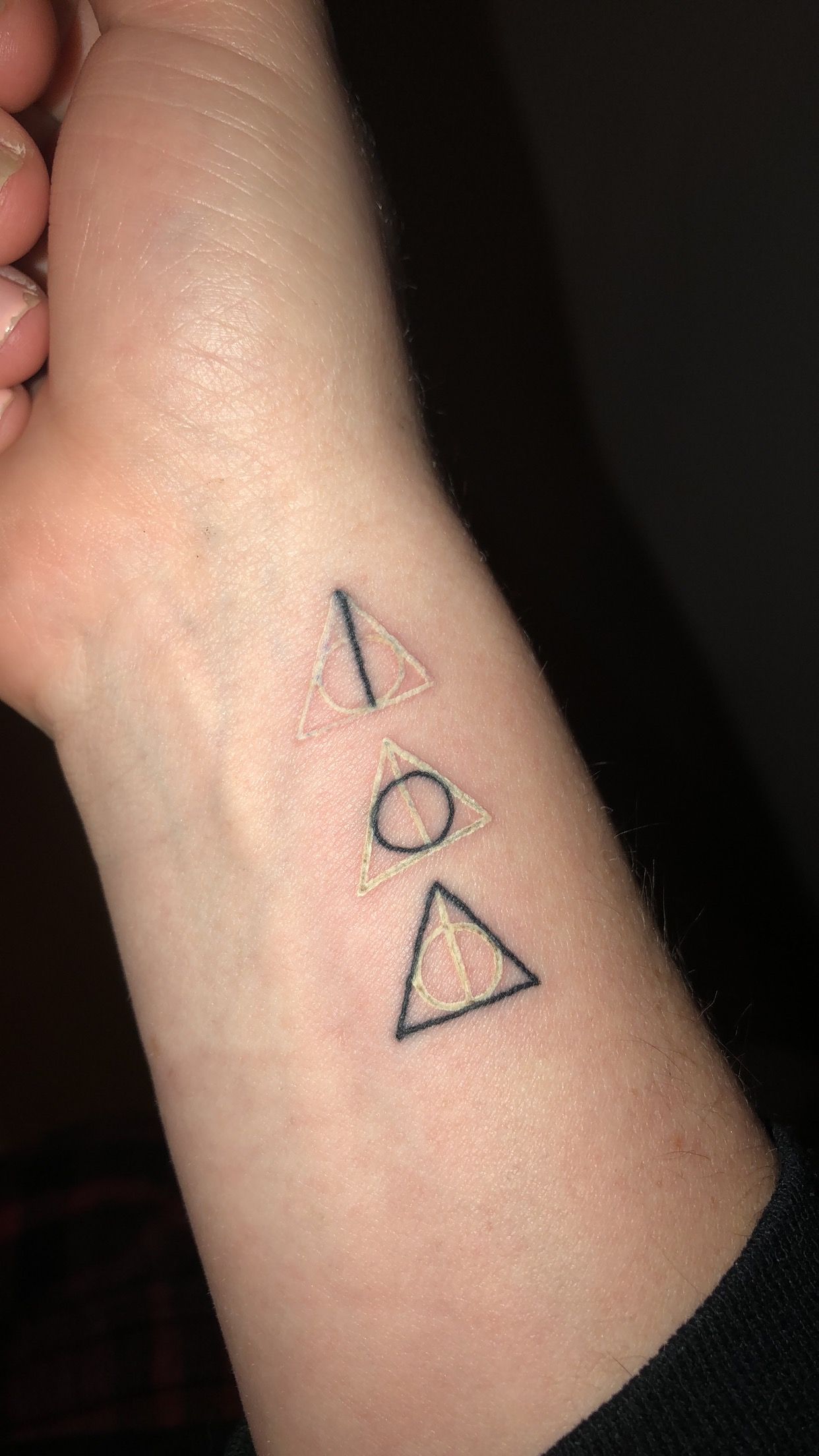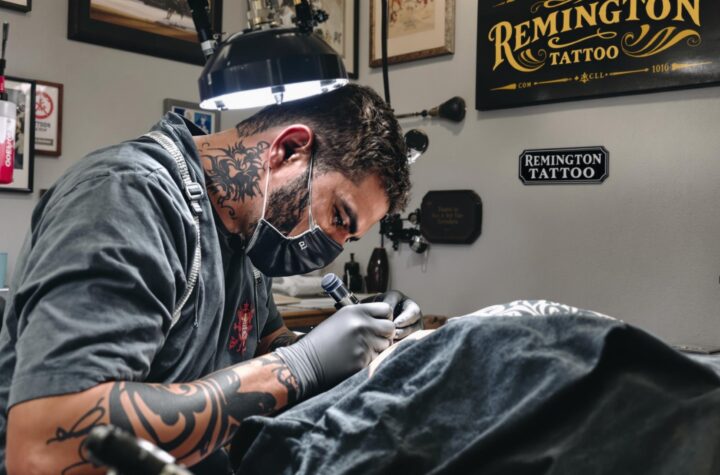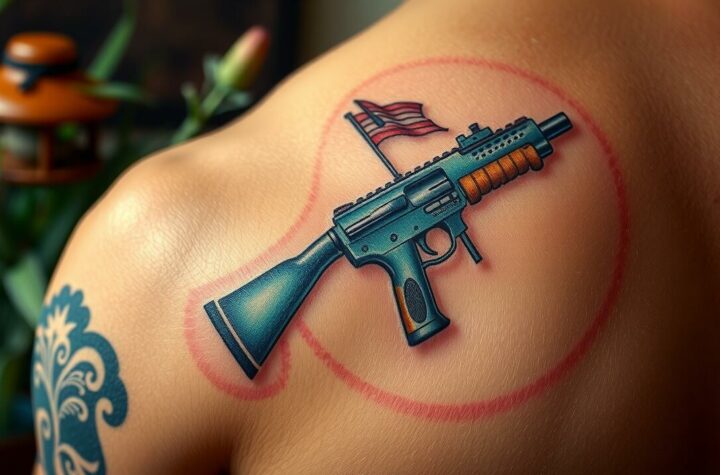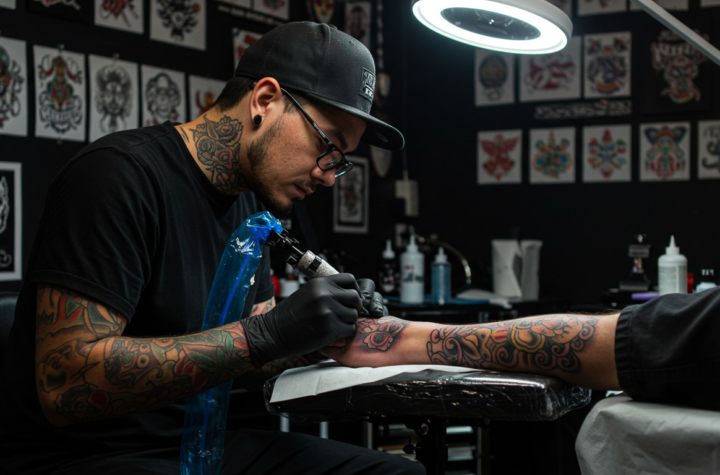Throughout history, tattoos have served a number of purposes: from marking a warrior as a member of the tribe to inducting new members into indigenous society to commemorating achievements. The practice also reinforced ties to the dead.
Mummies with tattoos have been found in Egypt dating back centuries and Polynesian figurines often feature them. But what exactly is a tattoo?

Tattoo Origins
Ethnographic and historical texts reveal that tattooing has been practiced by just about every human culture throughout history. In fact, the word “tattoo” was first introduced to English by explorer and Captain James Cook on his three expeditions across the Pacific Ocean in 1769. He used the term to describe the pigmented designs that Polynesian peoples carved into their skin.
Marco Polo wrote that in Quanzhou, China, many came to have their bodies ‘painted’ with the needle, and he described tattooing as so commonplace in the area that “it is said that the tattooers are all adepts.” Tattooed mummified remains, such as that of Otzi the Iceman (discovered in 1991), confirm the long-held belief that tattooing is one of the oldest art forms. It is also the most enduring and versatile.
Meanings
As with many other art forms, tattooing has served a variety of functions in various cultures. In ancient Egypt, women wore tattoos to signal their status and affluence. The fact that some female mummies buried at Deir el-Bahari and elsewhere have been found with tattoos is proof of this.
In Polynesian culture, for example, tattooing was traditionally done by a family member and passed on from generation to generation. This may have helped to prevent the practice from being exploited by pirates and other outsiders.
Certain designs were associated with specific locations, as in the case of dragons for Asia and hula girls for Hawaii. In addition, sailors often had a number of nautical symbols tattooed: swallows for every 5,000 miles sailed and a fully rigged ship to mark the passage of Cape Horn.
Styles
Tattoos are a very diverse art form. From a gypsy’s wanderlust to the infamously bold and beautiful ladies of traditional tattoos, there are so many different styles of tattooing to choose from.
Taking inspiration from pointillism, the tattoo style of dotwork uses a ton of dots to make up an image. The space between the dots creates shading and highlights. This tattoo style can also use a mixture of other styles like blackwork and realism.
The Maori people of New Zealand have a unique style of tattooing called ta moko that is traditionally created using chisels on the head. They are known for their strong curves and luxurious detail. These tattoos are a symbol of spirituality and maturity. They can also be a reminder of past experiences.
Techniques
Traditionally, tattooing was a very serious and symbolic form of body modification that signified cultural and religious beliefs. In modern times, however, tattoos have become a popular way to express oneself. Unlike traditional methods, today’s tattooing is performed in a safe, sterile environment using equipment that is far less painful.
In ancient Egypt, tattooing was used to signify hierarchal status and religious beliefs. The designs found on mummies are primarily dotted lines and diamond patterns, while figurines have more naturalistic images.
Henna, a nonpermanent tattooing technique that involves staining the skin with a red or clay-colored dye, is also common in India. It symbolizes love, luck, and prosperity and is often done on brides prior to their wedding ceremony. Shading is another highly specialized technique that requires expert artists to execute properly.
Etymology
The art of tattooing is ancient and widespread. From the mark of Otzi the Iceman, through the elaborately tattooed mummies of the Scythians and the Celtic tribes of Britain to the Maori tribal designs of New Zealand, these permanent marks have served as amulets, status symbols, declarations of love, signs of religious beliefs and as adornments throughout history.
At a personal level, they have indicated success and achievement, while at the tribal level they have distinguished friend from foe. At a social level, they have signalled age, marital status, power and class and even signified that a woman was pregnant or in labour.
The word tattoo is derived from the Tahitian word ‘tatau’ meaning to tap or puncture with a sharp object. This etymology links the word with social stigma, which was a common response to tattooed people in ancient cultures.

